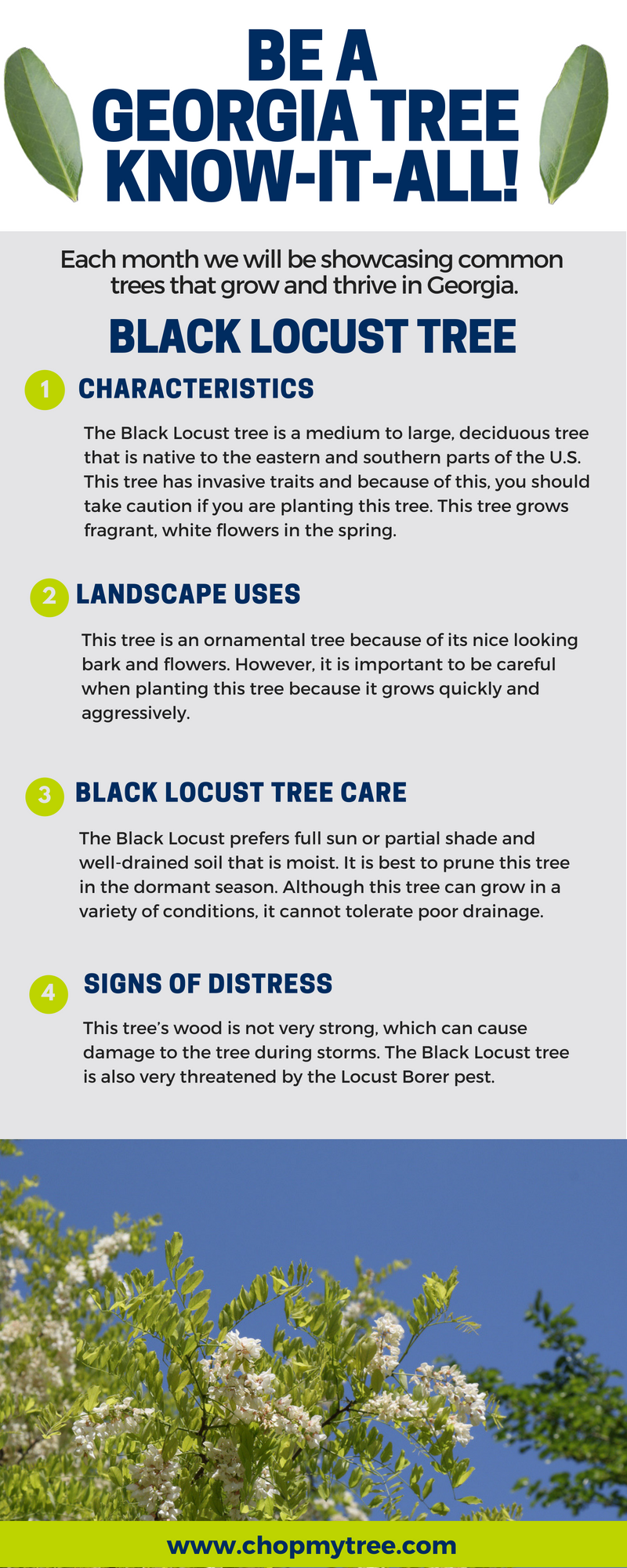The Ecological Results Of Cutting Down Trees: Trick Insights You Required To Consider
The Ecological Results Of Cutting Down Trees: Trick Insights You Required To Consider
Blog Article
Post Written By-Ashworth Lyon
When it comes to the environmental impact of tree elimination, there are crucial aspects that demand your attention. From the intricate web of partnerships within ecological communities to the succeeding results on environment patterns, the effects are extensive. You might be surprised to uncover the detailed methods which the elimination of trees can reverberate throughout the setting. Keep tuned to unwind the intricate connections and ramifications of this relatively straightforward act.
Deforestation and Habitat Loss
Logging and environment loss are critical concerns originating from tree elimination. When trees are lowered, it interferes with whole environments. Not just are the trees themselves lost, but the homes and food sources of countless plant and animal species are ruined too. Birds shed their nesting websites, animals shed their sanctuary, and bugs shed their environments. The results ripple through the food web, influencing killers and prey alike.
In addition, deforestation adds to climate modification. Trees play an essential role in taking in co2, a greenhouse gas that catches warmth in the environment. With fewer trees, there's much less co2 absorption, leading to increased degrees of this gas in the environment and aggravating international warming.
Habitat loss is a straight result of deforestation, as the damage of woodlands suggests the loss of one-of-a-kind and diverse communities. Numerous species are unable to adjust to quick modifications in their environment, leading to population declines and, in many cases, termination.
Shielding woodlands is necessary to keeping the fragile equilibrium of nature and making certain the survival of many plant and pet types.
Influence on Biodiversity
The removal of trees has a significant influence on biodiversity, influencing the variety and abundance of plant and animal species in an area. Trees offer environment and food resources for various microorganisms, from pests to birds to creatures. When trees are gotten rid of, these varieties shed their homes and sources of food, resulting in a decrease in their populaces. This disruption can have cascading impacts on the whole environment.
Additionally, trees play a crucial role in maintaining biodiversity by producing microhabitats within their canopies, trunks, and origins that support a vast array of types. When trees are cut down, these specialized settings are damaged, decreasing the overall diversity of the area.
Additionally, the removal of trees can lead to a decrease in hereditary variety within plant populations, as certain tree varieties may no more have the ability to reproduce or disperse successfully. Protecting trees and forests is crucial for preserving biodiversity and making sure the health and wellness of ecosystems for future generations.
Dirt Erosion and Climate Adjustment
With trees being removed from a location, the disturbance of dirt structure and stability happens, leading to increased dirt erosion. Trees play an important function in protecting against disintegration by holding soil in place with their origin systems. When trees are gotten rid of, specifically in great deals, the soil comes to be more vulnerable to disintegration from wind and water. This disintegration not only influences the instant surroundings however can likewise result in sedimentation in nearby water bodies, impacting water quality and aquatic ecological communities.
Furthermore, click this assist manage the climate by taking in co2 during photosynthesis. When trees are reduced, this all-natural carbon sink is reduced, adding to enhanced levels of greenhouse gases in the environment. This can intensify climate change, bring about more severe weather events and disruptions in communities worldwide.
As a result, the elimination of trees not just accelerates dirt disintegration but additionally plays a role in the larger ecological concern of climate modification. Recommended Resource site to consider these elements when examining the impacts of tree elimination on the environment.
Verdict
Since you know the ecological impact of tree elimination, consider the effects before lowering trees. Logging interferes with ecological communities, minimizes biodiversity, and adds to soil disintegration and climate change. By bearing in mind the influence of tree removal, you can aid protect our setting and maintain the fragile equilibrium of nature. Make notified options and consider alternate solutions to reduce the negative effects on our world.
